Choosing the Right Funnel: A Simple but Essential Garage Tool
From: Dynaline
Some tools in your garage are easy to overlook until you need them. Funnels fall squarely into that category. They may not take up much space, but when it comes to transferring fluids cleanly and safely, a good funnel is one of the most valuable accessories you can own. Whether you’re topping up engine oil, adding coolant, or pouring fuel, funnels make the job quicker, cleaner, and safer for both you and your equipment.
Why Funnels Matter
Pouring fluids without a funnel almost always ends the same way: drips, spills, and wasted product. In a garage or workshop, that means stained floors, slippery surfaces, and wasted time cleaning instead of working. Funnels eliminate the guesswork, guiding fluids exactly where they need to go.
But the benefits don’t stop at cleanliness. Using the right funnel also helps protect equipment. For example, coolant spilled on belts or oil spilled near hot surfaces can cause damage or even pose safety hazards. A funnel prevents those accidents before they happen.
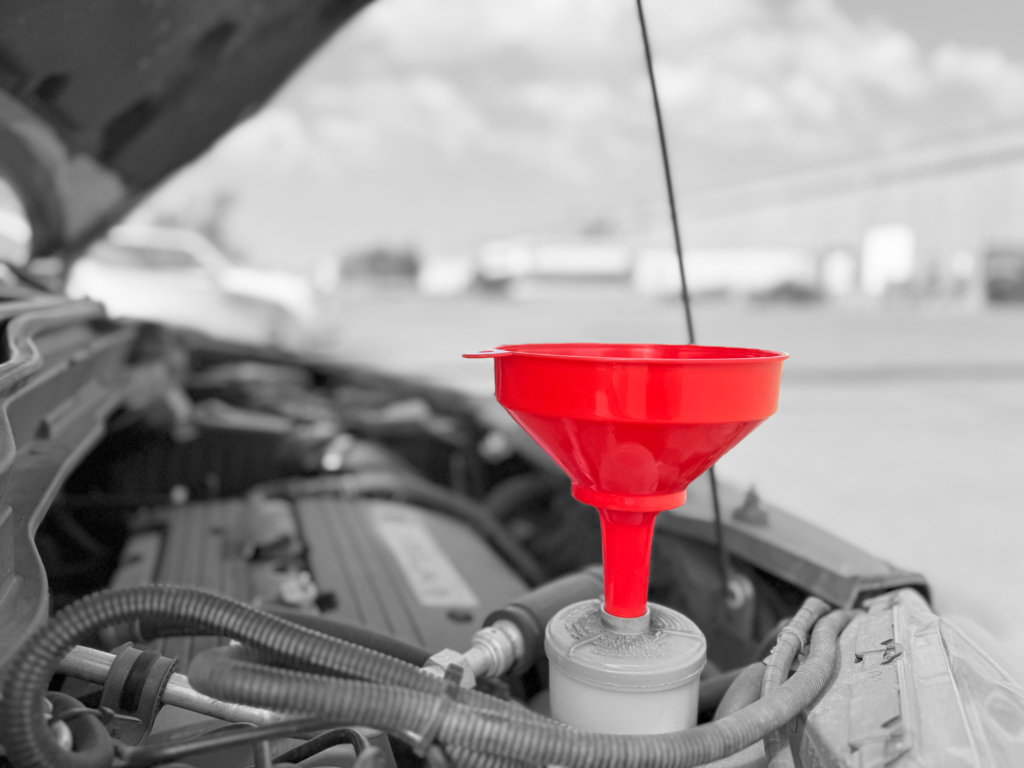
Types of Funnels
Not all funnels are created equal. Each style is designed with different jobs in mind:
Standard Funnels
The classic shape works for everyday tasks like topping off oil or other automotive fluids.Long-Neck Funnels
Extended spouts reach deeper into hard-to-access fill ports, making them ideal for modern engine bays with tight spaces.Flexible Spout Funnels
With a bendable neck, these funnels allow precision pouring at unusual angles, reducing the chance of spills when space is limited.Multi-Purpose Funnels
Some funnels come with detachable tips or wider mouths, making them suitable for everything from oil to fuel to cleaning solutions.
Choosing the Right Funnel for the Job
When picking a funnel, think about the fluid you’re handling and the access to the fill port:
Oil Changes → A long-neck or flexible funnel makes topping up easy without mess.
Coolant → Larger-mouth funnels work best since coolant is poured in higher volumes.
Fuel → A funnel with a narrow or specialized tip ensures accuracy and avoids splashback.
Transmission or Power Steering Fluid → Use a long, thin funnel that can reach smaller openings.
The key is to match funnel design to the task so you avoid frustration and maximize efficiency.
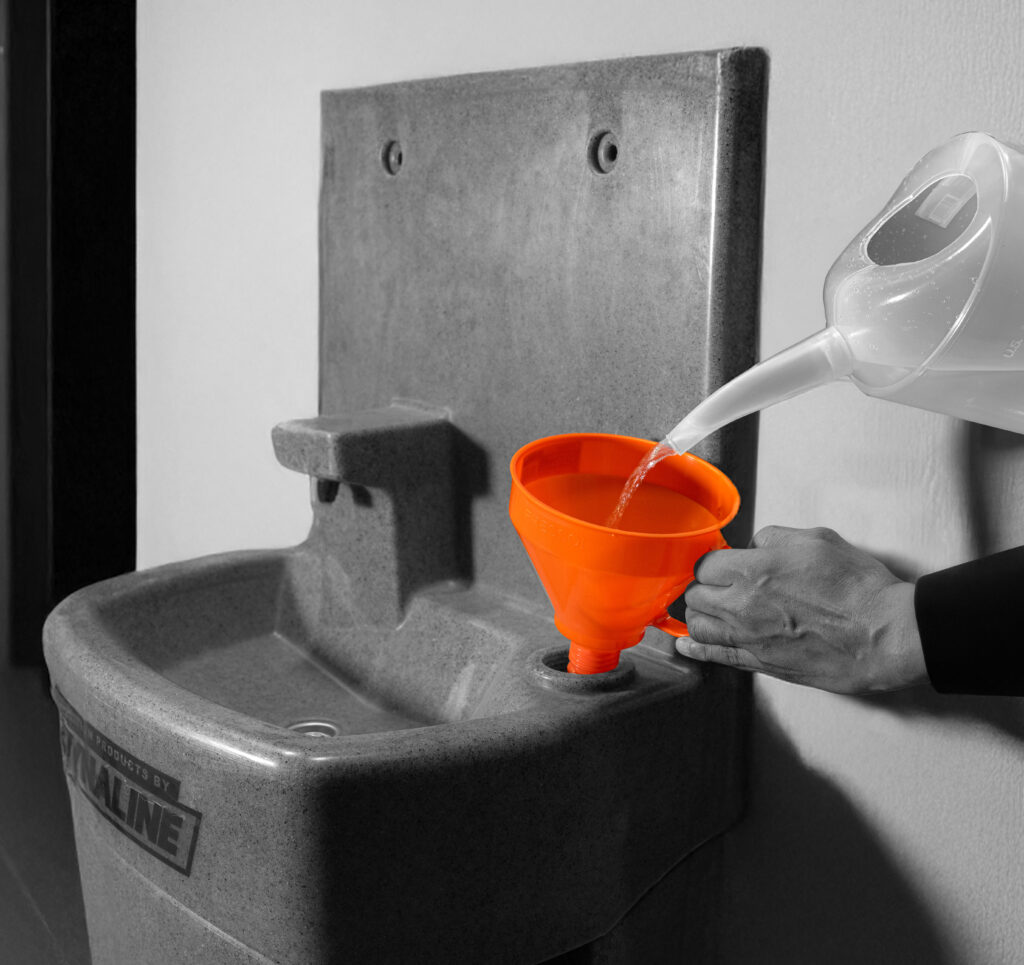
Maintenance Tips for Funnels
Like any tool, funnels need a bit of care:
Always clean thoroughly after use, especially when switching between different fluids.
Store upright or hanging to avoid dirt and debris collecting inside.
Replace damaged or cracked funnels, as small imperfections can cause leaks or contamination.
With proper care, a funnel can last for years and be ready whenever you need it.
Key Takeaways
Funnels may seem simple, but they’re indispensable for anyone who works with fluids. They save time, reduce mess, and protect both your equipment and your workspace. From everyday oil changes to specialty jobs with coolant or fuel, having the right funnel for the task turns a messy chore into a clean, straightforward process.
👉 You can view Dynaline’s full selection of funnels here.
Did you find this post from us helpful? If so, share it with your peers:
RECENT POSTS FROM DYNALINE
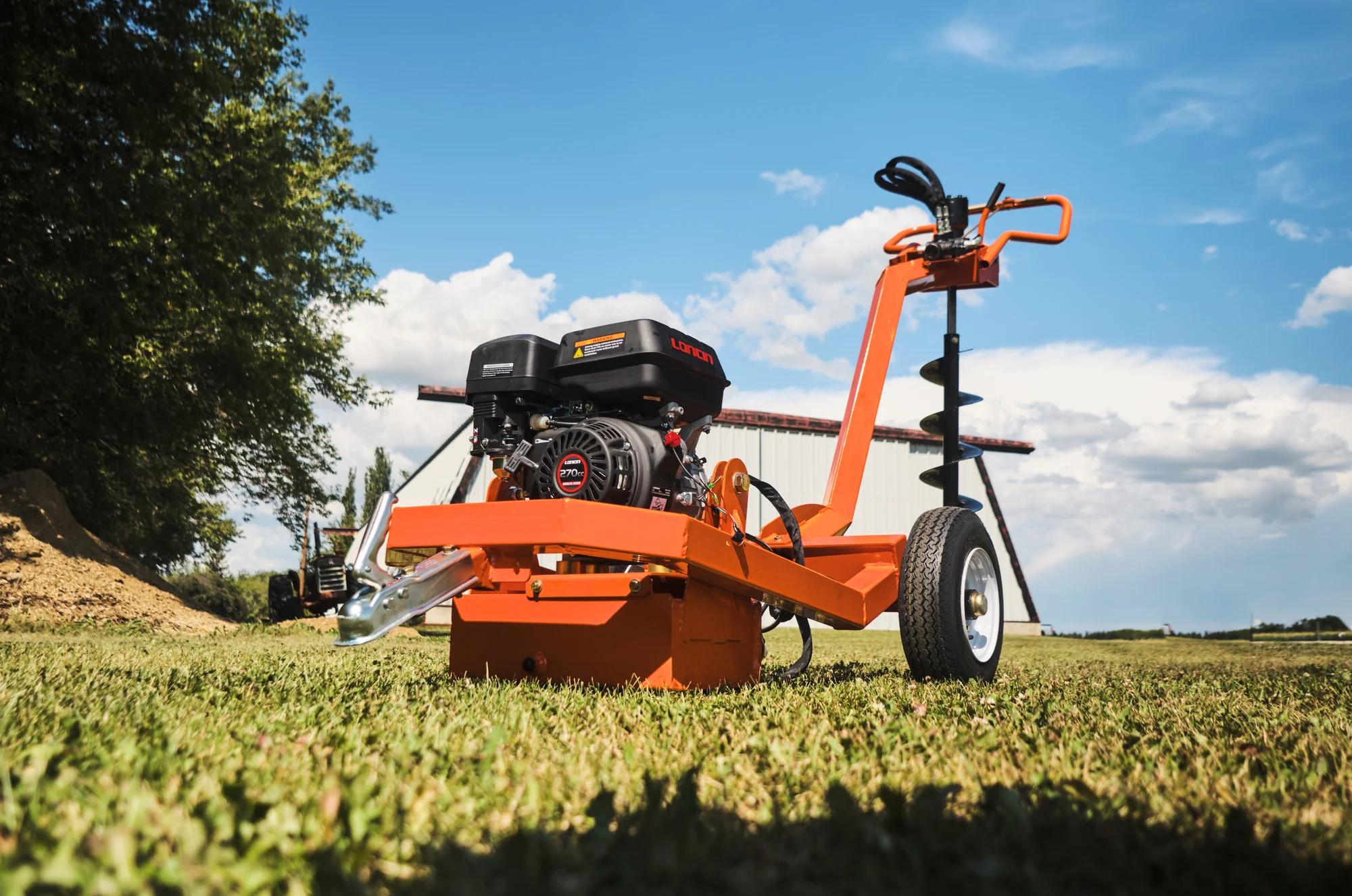
Introducing REX Equipment; Powered by Dynaline
Step into tougher terrain with REX Equipment. Discover outdoor equipment and tools that are built to get the job done.
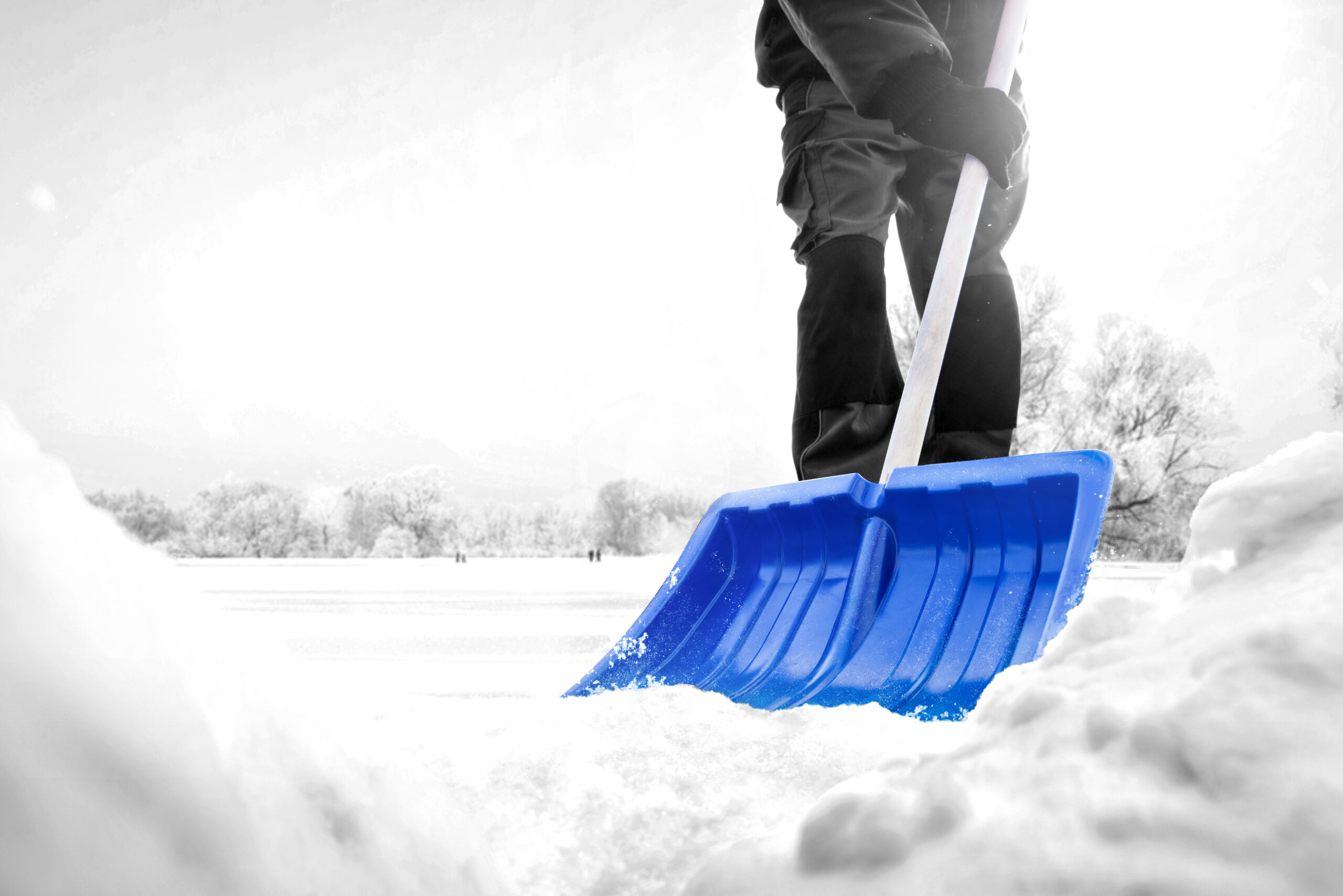
Tackle the Cold with Dynaline’s Trusted Winter Tools
Winter work does not have to slow you down. Explore Dynaline’s collection of winter accessories designed to help you stay prepared, productive, and protected all season long.
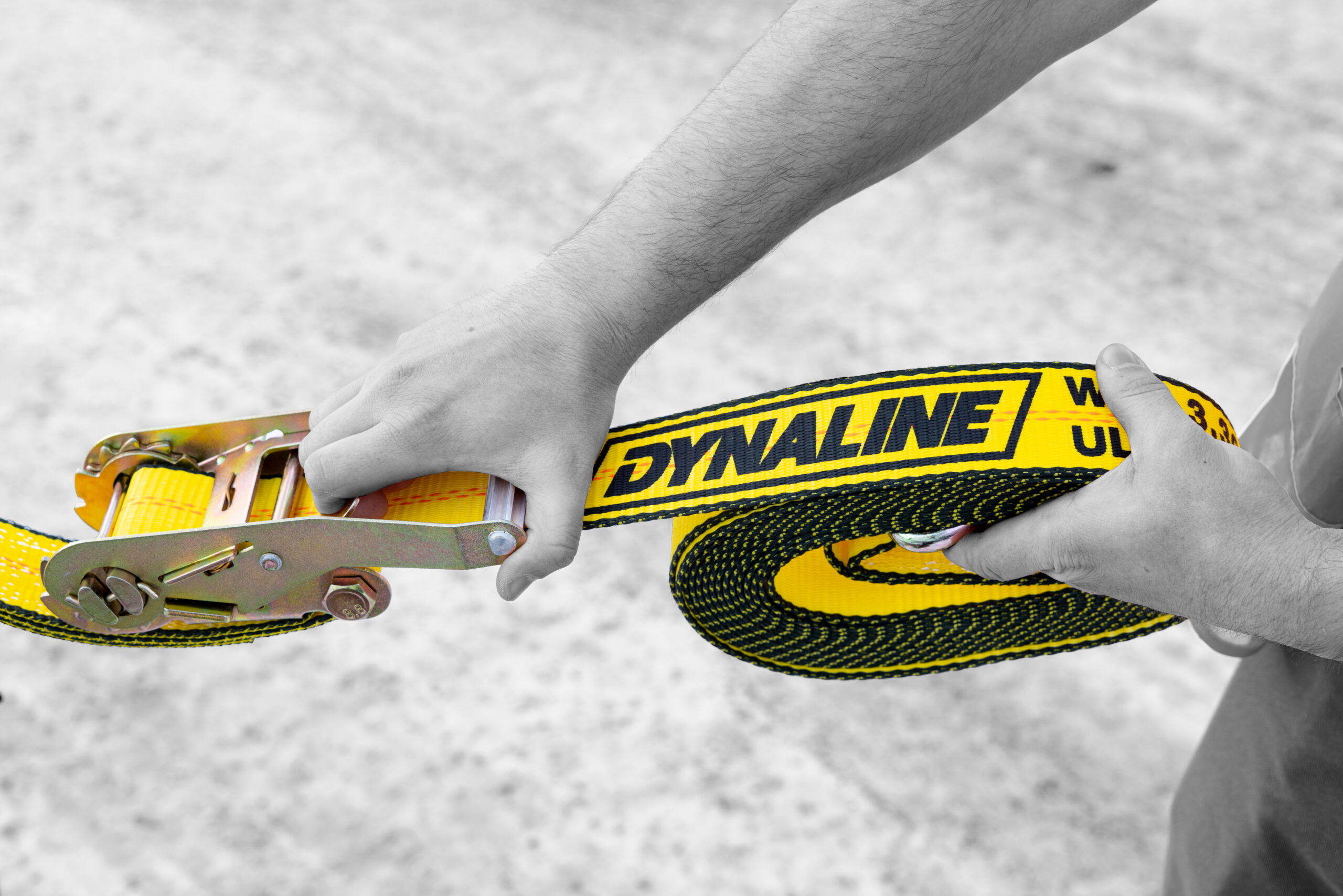
A Practical Guide to Cargo Control with Ratchet Straps and Load Binders
Ratchet straps and load binders each play a vital role in cargo control. Learn how to use them together for safe, reliable load securement on any job.
